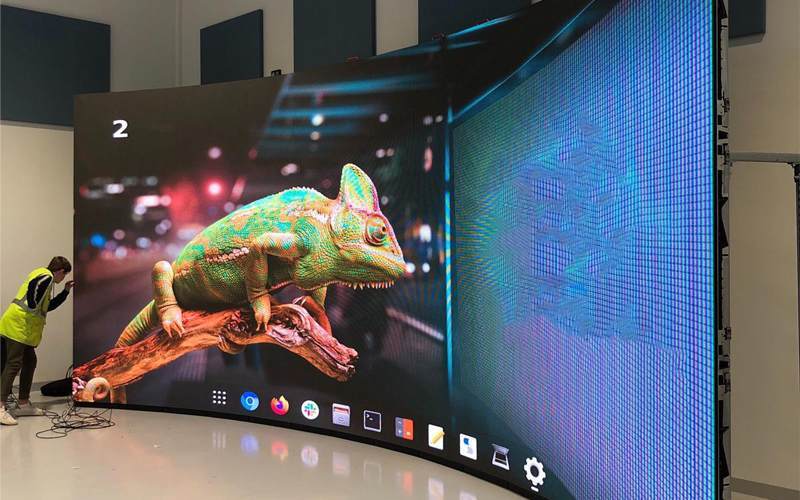A Thorough Analysis of Various Light Emitting Diode Video Screen Technologies and Their Applications
A Thorough Analysis of Various Light Emitting Diode Video Screen Technologies and Their Applications
Blog Article
Light Emitting Diode video screens are increasingly common across different environments, such as music events, sports events, and corporate meetings. These large big displays are composed of numerous individual LED panels that work together to create a cohesive unified visual. Various multiple kinds of LED video wall solutions on the market, every having its own characteristics as well as advantages. Grasping these technologies can help companies as well as entities select the right solution for their specific needs.
A frequent type of Light Emitting Diode display wall technology is the directly viewed Light Emitting Diode. This technology utilizes separate LED modules which are placed closely together to create a large display. Directly viewed LED walls are recognized for their elevated brightness and lively hues, which makes them ideal for external activities or brightly lit settings. These displays also have a wide viewing angle, allowing means that viewers can view the display clearly at various positions. This makes directly viewed Light Emitting Diode walls a popular choice for sports arenas as well as outdoor festivals.
A different kind of LED video screen solution is the LED illuminated LCD. This technology merges conventional LCD screens with Light Emitting Diode backlighting to enhance brightness as well as hue precision. LED-backlit LCDs are commonly utilized in interior settings, such as shopping malls and meeting rooms. They provide excellent image clarity while are typically more cost-effective than direct view LED walls. Nonetheless, they may often function as effectively in well-lit environments, as the backlighting can sometimes dull the hues.
Another thirdly choice is the OLED video wall. OLED solution offers superior differentiation as well as hue richness in relation to alternative types of displays. Each pixel in an OLED screen produces its individual luminescence, allowing for genuine dark tones as well as lively hues. This makes OLED video walls especially attractive for uses which require premium images, including gallery exhibitions and high-end retail stores. However, OLED technology can be costlier costly while may often be as bright as direct view LED walls, making it less suitable for external applications.
In addition to these options, there are also multiple uses for LED video screens. These displays can be utilized for advertising, entertainment, and data presentation. For example, businesses often utilize Light Emitting Diode display walls for digital advertising to draw in customers as well as advertise products. In amusement, these displays enhance the visual experience at concerts as well as gatherings, offering dynamic backgrounds more helpful info as well as captivating visuals. In business environments, LED video screens can be utilized for presentations, visual conferencing, as well as educational sessions, helping to convey information through a aesthetically attractive way.
In conclusion, Light Emitting Diode video walls are available in various technologies, every having its own benefits as well as applications. Directly viewed Light Emitting Diode screens are ideal for outdoor applications, whereas LED-backlit LCDs are more appropriate for indoor settings. Organic Light Emitting Diode video walls offer superior image quality yet may be at a greater price. Understanding these variations can help entities to make informed choices about the best type of Light Emitting Diode video wall most meets their needs, whether it be for promotion, entertainment, or business use.